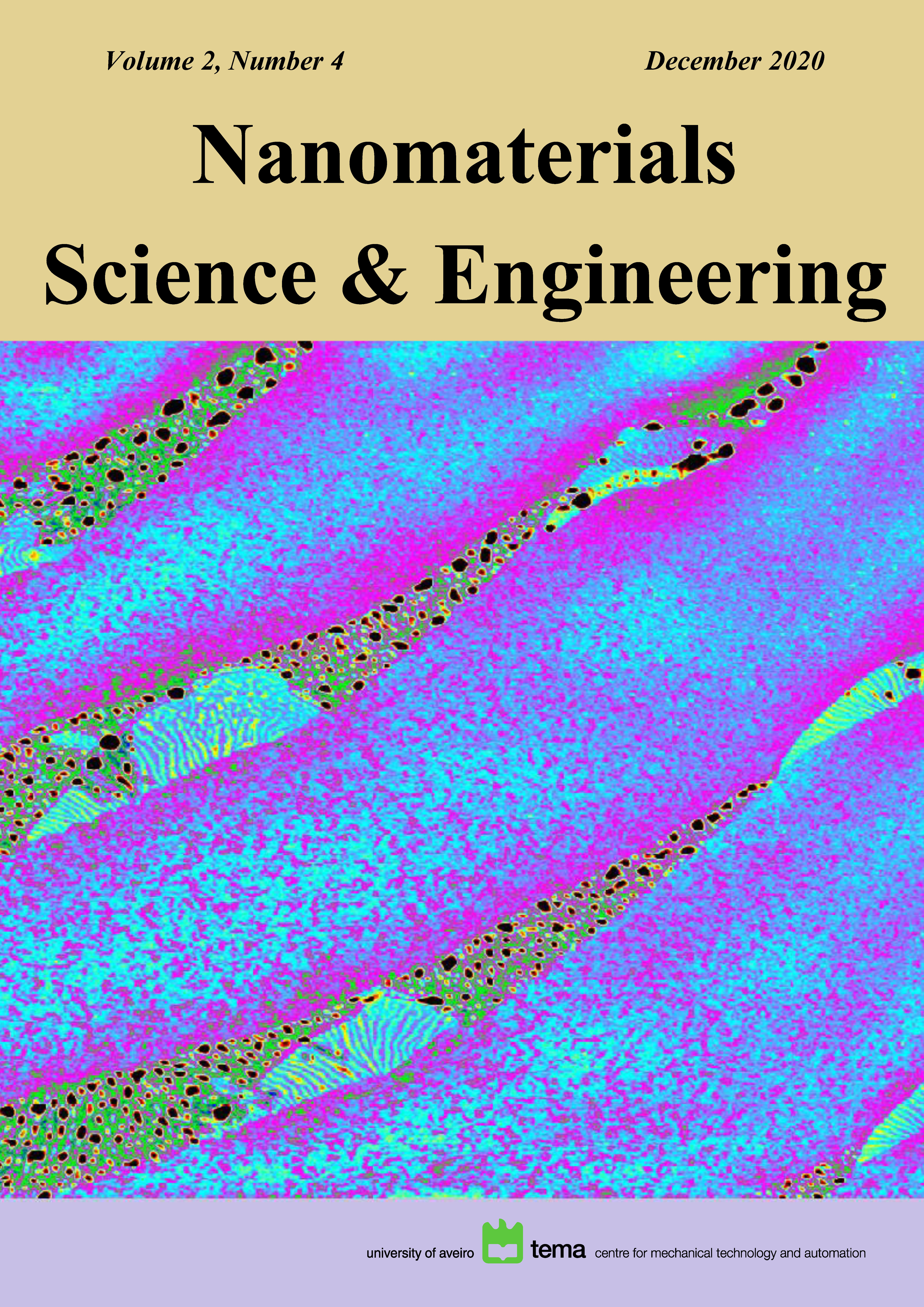Crystal structure and magnetic properties of Bi1-xSmxFeO3 ceramics across the phase boundary: effect of high pressure
Abstract
The solid solutions Bi1-xSmxFeO3 with chemical composition across the morphotropic phase boundary region specific for rhombohedral - orthorhombic structural transition were investigated by X-ray diffraction, electron microscopy and magnetometry. Structural measurements showed a concentration driven transition from the single phase rhombohedral structure to the single phase nonpolar orthorhombic structure through the formation of antipolar orthorhombic phase which coexists with the rhombohedral phase in the compounds with x < 0.15 followed by a coexistence with nonpolar orthorhombic phase in the compounds with x <= 0.18. Application external pressure provides a stabilization of the orthorhombic phase, viz. the polar rhombohedral phase diminishes and transforms to the anti-polar orthorhombic phase, while the anti-polar orthorhombic phase transforms to the non-polar orthorhombic phase. Magnetic properties of the compounds subjected to external pressure demonstrate an increase in the magnetization of the compounds having dominant rhombohedral phase, wherein coercivity significantly increases, while the spontaneous magnetization remains nearly constant.
Copyright (c) 2020 Nanomaterials Science & Engineering

This work is licensed under a Creative Commons Attribution-NonCommercial 4.0 International License.
Copyright Information
Authors who publish in the Nanomaterials Science & Engineering agree to the following terms:
- Authors retain copyright and grant the journal right of first publication with the work simultaneously licensed under a Creative Commons Attribution License that allows others to share the work with an acknowledgement of the work's authorship and initial publication in this journal.
- Authors are able to enter into separate, additional contractual arrangements for the non-exclusive distribution of the journal's published version of the work (e.g., post it to an institutional repository or publish it in a book), with an acknowledgement of its initial publication in this journal.
- Authors are permitted and encouraged to post their work online (e.g., in institutional repositories or on their website) after publication, as it can lead to productive exchanges, as well as earlier and greater citation of published work.
Copyrights to illustrations published in the journal remain with their current copyright holders.
It is the author's responsibility to obtain permission to quote from copyright sources.
Any fees required to obtain illustrations or to secure copyright permissions are the responsibility of authors.





